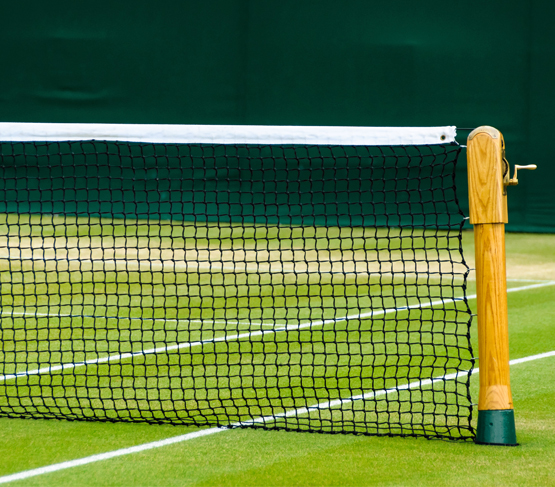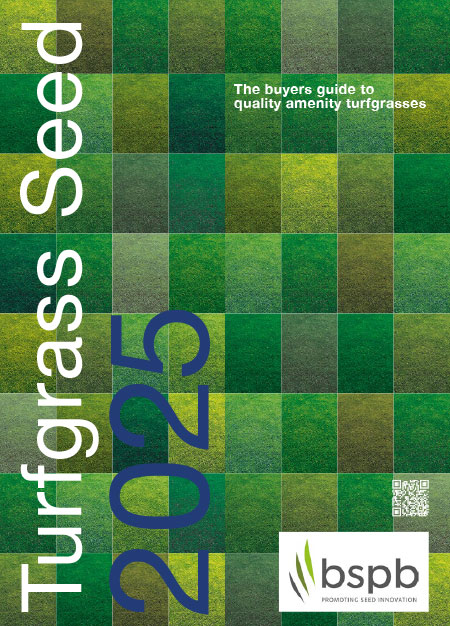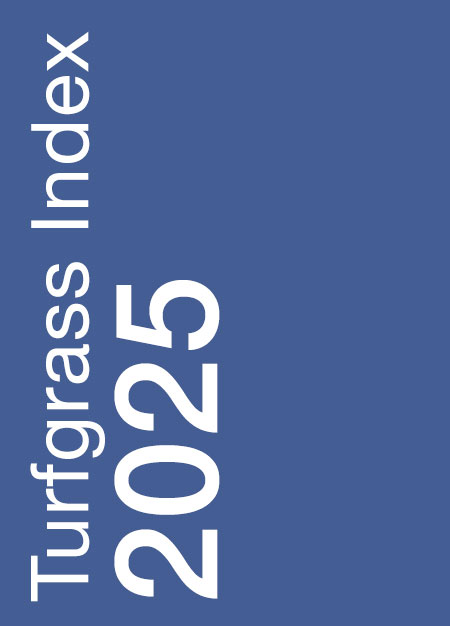Perennial ryegrasses are ranked in Table L1, smooth-stalked meadow-grasses in Table L2, tall fescues in Table L8 and tufted hair-grass in Table L9 on their mean performance for shoot density, fineness of leaf, slow regrowth and visual merit.
Fescues are ranked in Tables L3 to L6 on their mean performance for shoot density and visual merit.
Bentgrasses are ranked in Table L7 on the mean of their shoot density, fineness of leaf and visual merit.
In addition to differences among cultivars, there are some general sub-species differences among the red fescues. Chewings fescues in comparison with slender creeping red fescues tend to be more resistant to diseases. They also tend to “green up” faster in the spring. The slender creeping red fescues are more drought tolerant and maintain colour and growth better in the autumn and early winter. Both Chewings and slender creeping red fescues are more tolerant of closer mowing than strong creeping red fescues and produce denser turf at all heights of cut.
Cultivars of hard fescue are shown in order of suitability for use in fine turf in Table L6. These grasses, along with the sheep’s fescues may be used for fine turf in very dry or infertile conditions.



